Aging Population
The demographic shift towards an aging population is a critical driver for the Home Medical Equipment Market. As individuals age, they often require specialized medical equipment to manage chronic conditions and maintain independence. Statistics indicate that by 2030, the number of people aged 65 and older is expected to reach 1.5 billion, creating a substantial demand for home medical devices. This trend is prompting manufacturers to develop more user-friendly and efficient products tailored to the needs of older adults. Consequently, the aging population is likely to significantly influence the growth trajectory of the Home Medical Equipment Market.
Rising Healthcare Costs
The escalating costs associated with healthcare are prompting a shift towards home-based care solutions, thereby driving the Home Medical Equipment Market. As patients seek to minimize expenses related to hospital stays and in-person visits, there is a growing preference for home medical equipment that allows for effective management of health conditions at home. Reports indicate that home healthcare services can be significantly more cost-effective than traditional care settings, making them an attractive option for both patients and healthcare providers. This economic factor is likely to continue influencing the demand for home medical devices in the Home Medical Equipment Market.
Technological Advancements
The Home Medical Equipment Market is experiencing a notable transformation due to rapid technological advancements. Innovations such as telehealth solutions, remote monitoring devices, and smart home technologies are enhancing patient care and convenience. For instance, the integration of artificial intelligence in home medical devices allows for personalized treatment plans and real-time health monitoring. According to recent data, the market for telehealth services is projected to grow significantly, indicating a shift towards more accessible healthcare solutions. These advancements not only improve patient outcomes but also reduce the burden on healthcare systems, making them a crucial driver in the Home Medical Equipment Market.
Increased Focus on Preventive Care
There is a growing emphasis on preventive care within the Home Medical Equipment Market, driven by the recognition that early intervention can lead to better health outcomes and reduced healthcare costs. This shift is encouraging individuals to invest in home medical devices that facilitate regular health monitoring and management. For example, blood pressure monitors and glucose meters are becoming increasingly popular among consumers who wish to proactively manage their health. Market data suggests that the preventive care segment is expanding, reflecting a broader trend towards health awareness and self-management. This focus on prevention is likely to propel the Home Medical Equipment Market forward.
Regulatory Support and Reimbursement Policies
Supportive regulatory frameworks and favorable reimbursement policies are emerging as vital drivers in the Home Medical Equipment Market. Governments and health organizations are increasingly recognizing the importance of home healthcare solutions, leading to the establishment of policies that facilitate access to home medical equipment. For instance, reimbursement for certain home medical devices is becoming more common, encouraging patients to utilize these products. This regulatory support not only enhances market accessibility but also fosters innovation among manufacturers. As a result, the Home Medical Equipment Market is likely to benefit from these favorable conditions, promoting growth and development.
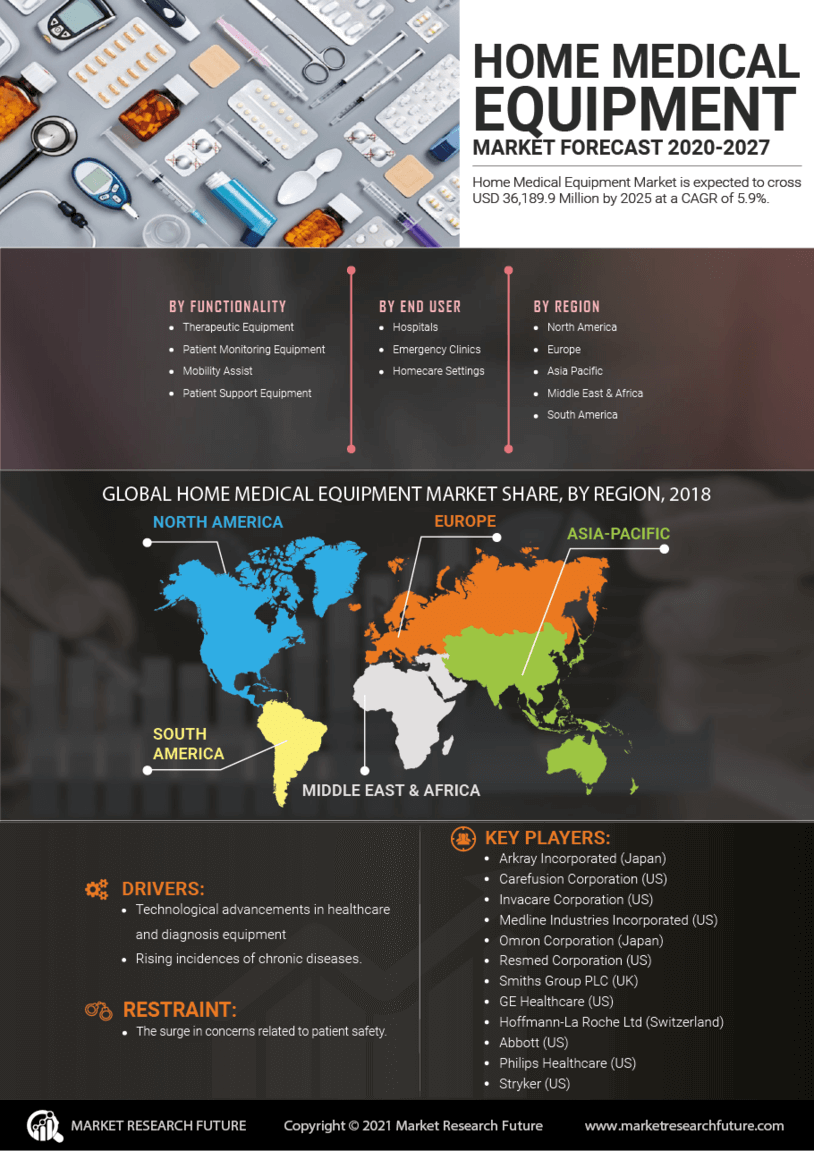

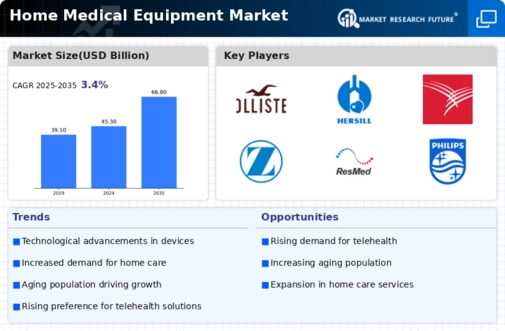
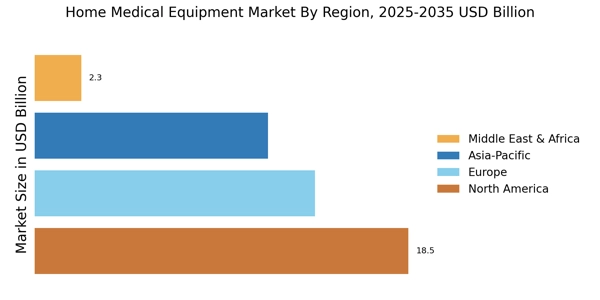
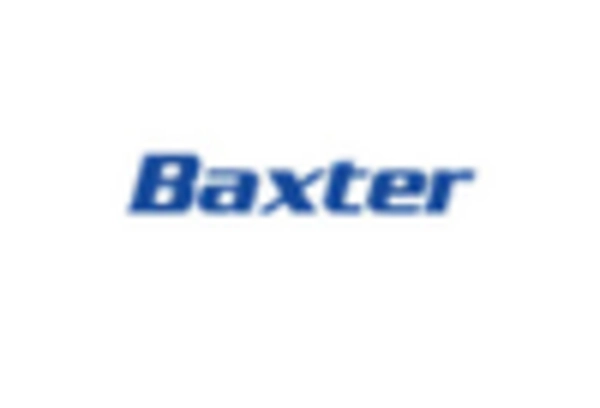

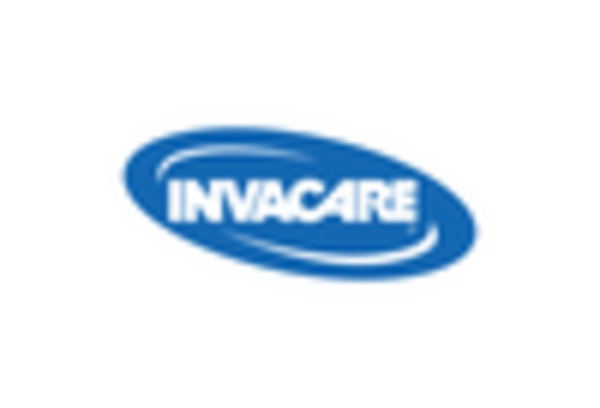











Leave a Comment